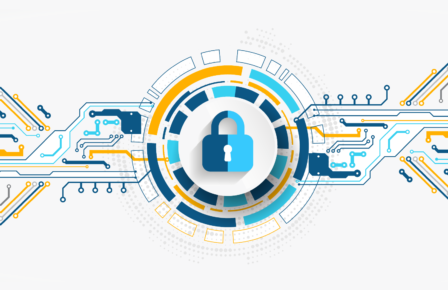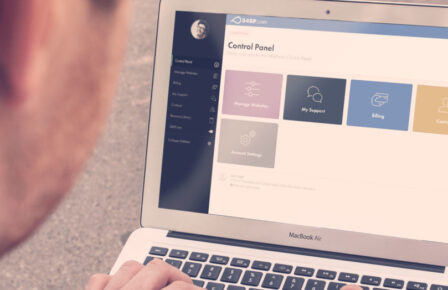History
Women have been contributing to the world of computing before there were even electronic computers. After the United States joined the second World War in 1942, there were many women who were employed as “computers” themselves. They were put in charge of making calculations, solving complex equations, and producing tables which played a major role in guiding soldiers during the war. These calculations are done using micro-computers today.
- Top-Secret “Rosies”: Concise description of the role of “women” computers in WWII.
- PHOTO Archive from Computer Science Lab: Women working as computers.
Key Names
During this time two women named Mary Mauchly and Adele Goldstine from the University of Pennsylvania began recruiting and educating more female graduates on the science of computing. They worked with the Electronic Numerical Integrator and Calculator (the ENIAC) built by two professors, John Mauchly, husband of Mary and J. Presper Eckert a young 24 year old. This 30 ton monster promised to replace all of the “computers” of the era, or the women who were considered “computers” themsleves. Subsequently, there were six women who were trained for programming the machine. These women were Marlyn Wescoff, Kay McNulty, Betty Jean Jennings, Frances Bilas, Ruth Lichterman, and Elizabeth Snyder. By the end of the war, the machine was taken to the military base and these women found employment as programmers in different firms. Performing complex calculations manually was the biggest challenge, and they were a great success.
Grace Hopper and Lila Todd were also names to remember. Todd came up with a differential analyzer to calculate the trajectory of bombs and Hopper is credited with finding and coining the phrases “computer bug” and “debugging” after she found a dead moth who’s wings were blocking readings on the Harvard Mark I computer she was working with. Grace Hopper also invented “Flow-matic”, which is considered the first computer language that later became known as COBOL. This high-level language was designed by Hopper to be more user-friendly and used a program known as a compiler to translate it for use by computing machinery. She also developed this program, a first of its kind and worked in the Navy until the age of 79.
- IMAGE from IEEE: Two women operating the ENIAC.
- Women in Computing Around the World: A paper on the participation of women in computing.
- Grace Brewster Murray: Pioneer computer scientist.
- IMAGE Grace Hopper: In uniform.
- Grace Hopper Bio: Information on Rear Admiral Grace Murray Hopper and her accomplishments.
- IMAGE Moth: The worlds first computer bug found by Hopper.
- ENIAC Programmers: Overview of the first six.
- Flow-Matic: Explination of the language.
- Women in Computers: Works of prominent female researchers.
Getting Involved Today
Today, girls have a lot of avenues to explore in the field of computer science. While there’s still some prejudice against girls in computing jobs, the trend is turning. The fact that computing commenced with women refutes this biased thinking. Careers for girls in computing have seen great developments in the recent past. Safety, respect, clean environment, and many other factors make it an excellent career choice for girls. The demand for programmers has also been on the rise in the recent times. Degrees in computer science are offered by most colleges and universities all over the world. Another important development for women is the increase in computer related work which can be done from home.
- Computer Literacy: Computer education for rural women.
- Women in Computing: Gender disparities in the computing industry.
- The ADA Project: Dedicated to the women pioneers of computing.
- Women in the Culture of Computing: Focuses on the culture of computing and women.
Girls should be encouraged to be more involved in the computing world. While the pay is certainly captivating, women have been contributing positively in the computer industry. The training is also excellent. Some schools employ the use of multi-media games and stories to teach computing concepts. This is simply to enhance the interest of girls in the field of computer science from a young age. Just as the history of computing was propelled by the pioneering women, the future of computing will be driven by the talented women in the world of computing.
Clubs and Computers Today for Girls
- Girls in Computing: Excellent computing center for girls.
- Web and Girls: International organization providing networking platform for professional business women.
- Computer Site: Provides information for CS girls.
- IT Girls: Promotes girly interest in computing.
- Girls in Games: An article on the computer science gender gap.
- Gaming and Women: Discusses the contribution of women in the gaming industry.
- PipeLINK: Duke University project to connect girls and women to the world of computing.
- Girls and Mathematics: Discusses how to encourage girls to study mathematics.
- Girls and IT Industry: A study into why girls turn away from technology.
- Computergirl: Encourages interest in the world of computing for high school girls.


